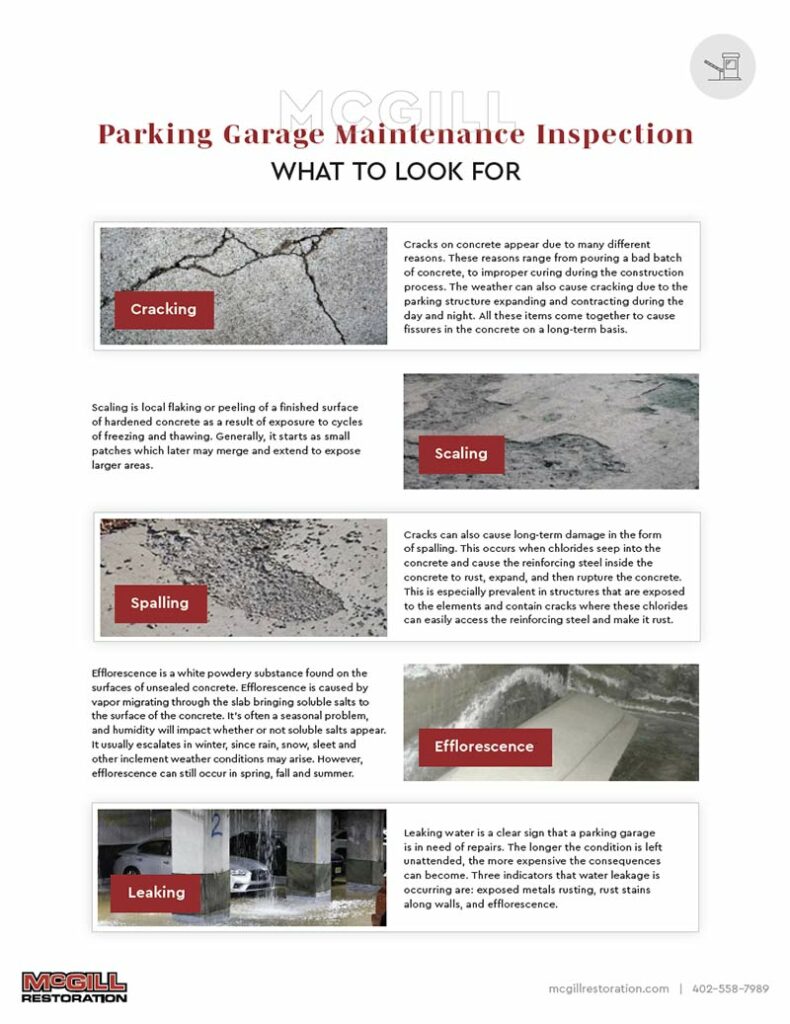We have all experienced the frustrations of road construction, especially those of us who live in Nebraska. It seems to be an ever-constant issue. Besides the inconvenience, have you ever wondered what types of repairs are conducted or why these repairs are necessary?
If you have driven over the South Omaha Veterans Memorial Bridge, you have probably seen the McGill logo. We perform maintenance and repairs on many different types of structures including roads and bridges. Many of these projects involve high-performance coatings and waterproofing. One type of coating is called High-Friction Surface Treatment (HFST).
What is high friction surface treatment?
According to the Department of Transportation, high-friction surface treatment is an additional layer of epoxy coating that is applied to sections of pavement particularly susceptible to skidding. This type of coating allows tires to encounter the proper amount of friction when they drive over a paved surface by placing polish and abrasion-resistant aggregate in the epoxy. HFST applications will remain more durable than unprotected pavement and are skid resistant.
Read more: Everything you need to know about traffic coatings
Where is it applied?
Parts of the road with severe curves or where hard braking frequently occurs are more susceptible to wear and tear, especially if moisture is present on the road surface. These sections of road present a greater risk for accidents. Identifying these areas and installing HFST is a high priority for state and local leaders when it comes to keeping drivers safe.
HFST helps prevent collisions.
One example of how effective high friction coating is in improving friction on roadways and reducing accidents is the California Department of Transportation (Caltrans) implementation of HFST in one problem area near LAX. Initially, Caltrans implemented several improvements to a ramp notorious for accidents in wet conditions, including significantly lowering the speed limit, posting curve advisory signs, and widening the shoulder of the outside lane.
However, these measures did not achieve the desired results. Once a High Friction Surface Treatment was applied, the accidents began to decline. According to Caltrans, there was a 41% reduction in crashes and no ramp closures due to rain during six months of available data following the application.
In conclusion, while you may not enjoy a delayed commute due to lane closures or maintenance work, this process prevents unnecessary accidents and improves overall driving conditions.
At McGill, we are proud to offer services that improve road safety among many other services. Learn more about our services through one of our case studies about high-friction surface treatment installation in the I-480 & Hwy 75 Interchange.



